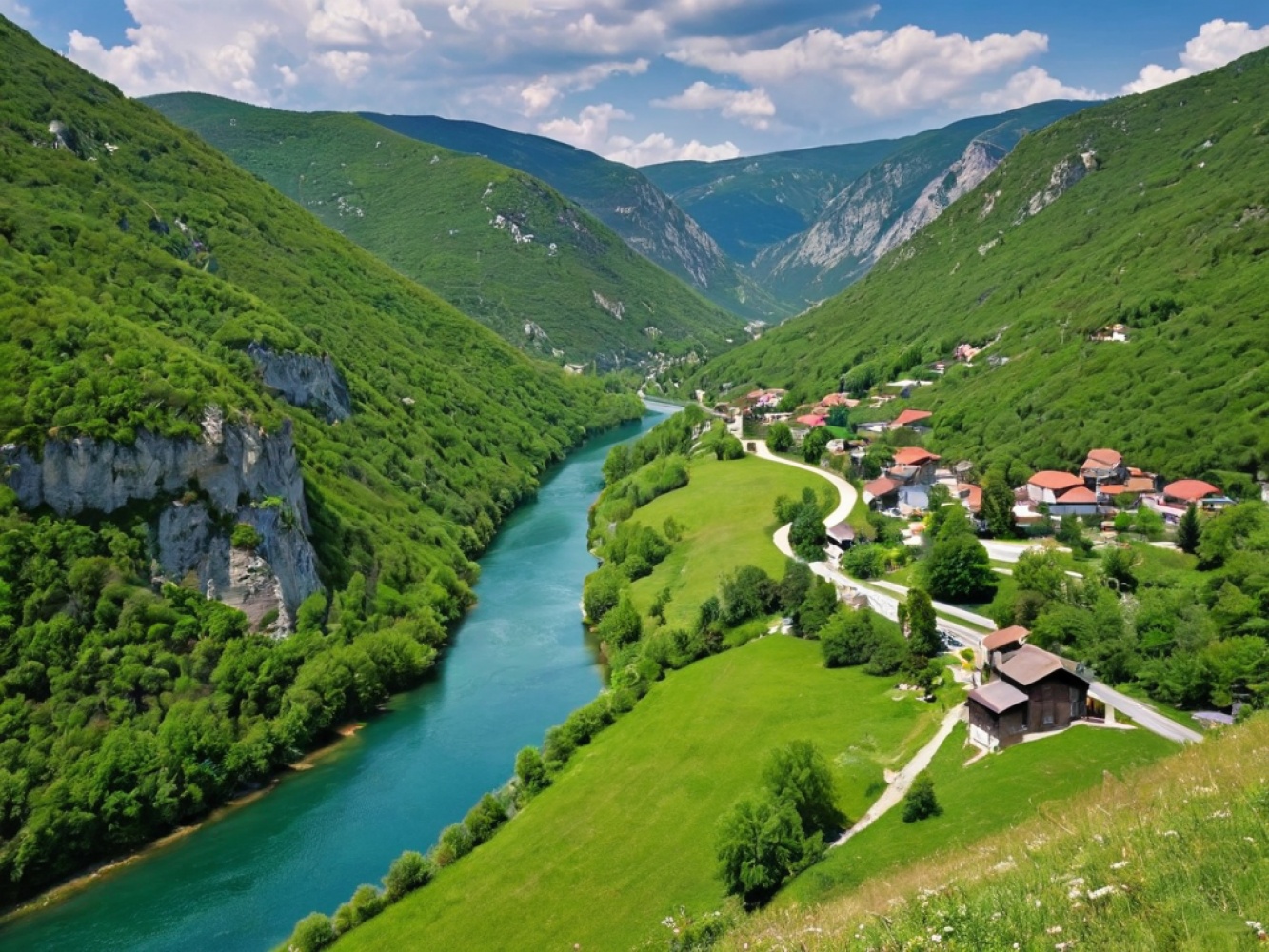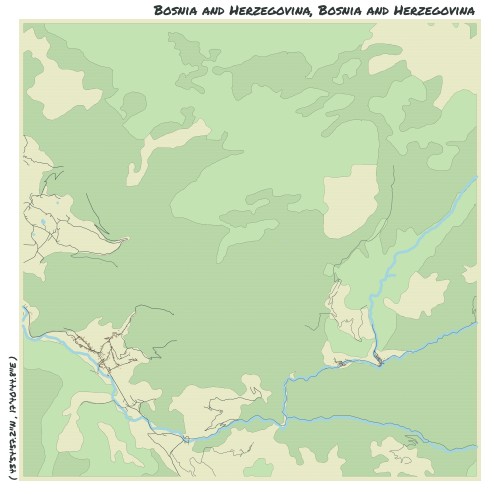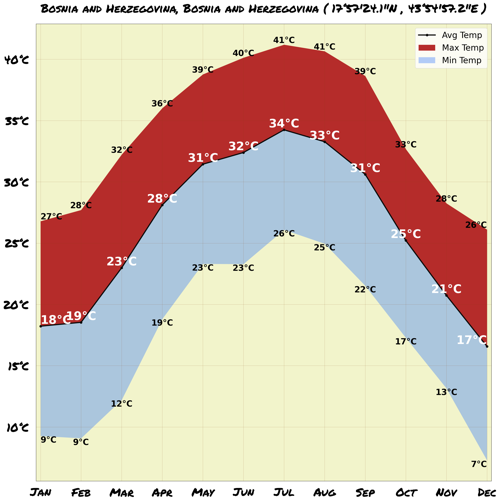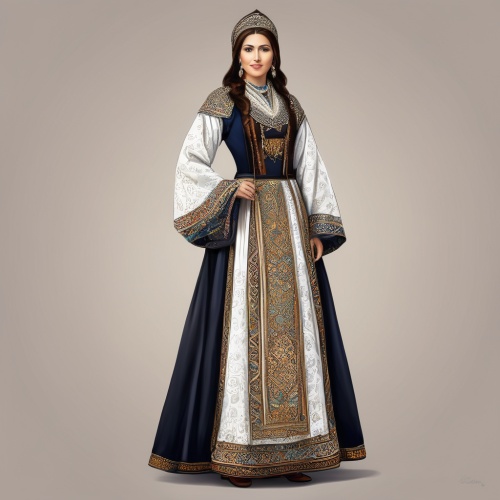Understand
Delve into the complex history of Bosnia-Herzegovina, a country once torn apart by ethnic and political divisions. Previously, the Bosnian-Herzegovinan nationality predominantly applied to the nation's Muslims, also known as Bosniaks. The Croatians and Serbs of the country looked towards Serbia and Croatia for guidance and unity, leading to a turbulent period during the Yugoslav state's disintegration in the early 1990s. Experience the harrowing events of 1992 when Bosnia-Herzegovina suffered attacks from the Serbian-led Yugoslav National Army and insurgent Bosnian Serbs. Croatia also joined the aggression in 1993 with insurgent Bosnian Croat forces. Ultimately, a peace treaty brokered by the U.S. Clinton Administration in Dayton, Ohio, brought some respite. Bosnia-Herzegovina now consists of two entities and the District of Brcko, functioning as one country with distinct regions. Witness the progress made since then, while acknowledging that complete political and social union is still a work in progress. Sarajevo stands as the seat of the central government, and the unified currency, the Bosnian Mark (KM), unites the nation. Explore the dynamic landscape of Bosnia-Herzegovina, a country with a rich and complex history.
Map & Climate
Popular Foods
 ćevapi (pronounced [tʃěˈvapǐ]), are grilled, minced meat appetizers or fast food. They originated in the Balkans and are similar to kebabs or sausages. Traditionally made with ground beef or veal, they can also include other meats like pork or lamb. They are seasoned with various spices, including paprika, garlic, and black pepper.
ćevapi (pronounced [tʃěˈvapǐ]), are grilled, minced meat appetizers or fast food. They originated in the Balkans and are similar to kebabs or sausages. Traditionally made with ground beef or veal, they can also include other meats like pork or lamb. They are seasoned with various spices, including paprika, garlic, and black pepper.  Bosnian burek (or börek) is a savory pastry made of layers of thin dough filled with various ingredients, such as minced meat (beef, lamb, or chicken), cheese, spinach, or ajvar (a red pepper and eggplant spread). It's a popular breakfast or lunch item in Bosnia and Herzegovina and other Balkan countries. The pastry is typically rolled up and cut into slices, served warm.
Bosnian burek (or börek) is a savory pastry made of layers of thin dough filled with various ingredients, such as minced meat (beef, lamb, or chicken), cheese, spinach, or ajvar (a red pepper and eggplant spread). It's a popular breakfast or lunch item in Bosnia and Herzegovina and other Balkan countries. The pastry is typically rolled up and cut into slices, served warm. Pita (or pite) is a traditional Bosnian flatbread similar to a pizza crust, but thicker and more elastic. It's often cooked in a wood-fired oven and served hot alongside various fillings, such as cheese, ajvar, kajmak (a type of creamy dairy product), or cured meats like prosciutto. Pita can be eaten as a snack, a meal, or even a dessert with sweet fillings like honey or sugar.
Pita (or pite) is a traditional Bosnian flatbread similar to a pizza crust, but thicker and more elastic. It's often cooked in a wood-fired oven and served hot alongside various fillings, such as cheese, ajvar, kajmak (a type of creamy dairy product), or cured meats like prosciutto. Pita can be eaten as a snack, a meal, or even a dessert with sweet fillings like honey or sugar.




Comments
NO COMMENTS